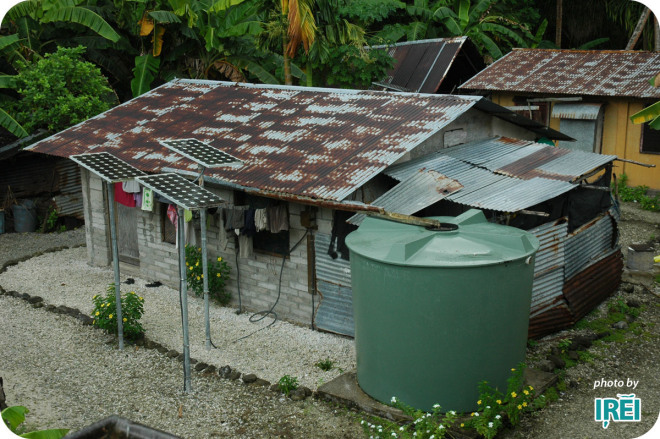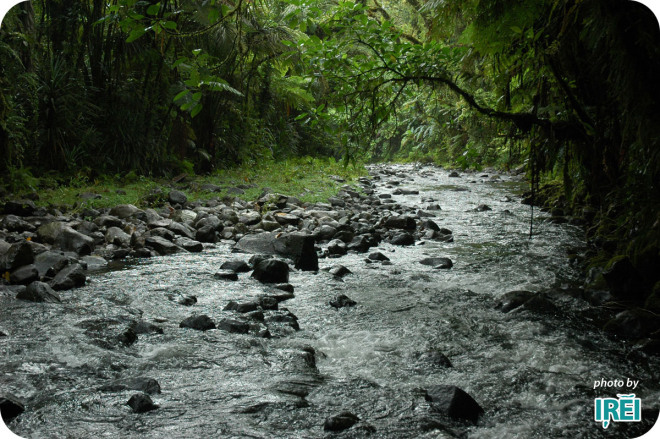This photo is from Gilmaan, the southernmost municipality of Yap Proper. It shows an extensive meadow of seagrass, as visible during low tide. Unlike seaweeds and other algae, seagrasses are real plants, with roots, flowers, and seeds. They are one of the few higher plants adapted for life in salty water. They perform extremely important ecological functions, from providing many species of fish and other sealife with nursery environments where little animals can hide from predators and thrive until they grow up, to trapping mud, sand, and other debris that washes off from land and preventing it all from reaching deeper water areas and smothering corals there. Seagrass meadows are vital to the health of our islands and reefs and should not be damaged, excavated, filled in, or trampled upon.



